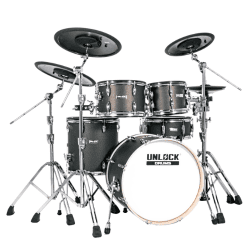
“Mastering the Beat: Recording Electronic Drums on Your Computer Like a Pro”
Introduction
Recording electronic drums on your computer opens up a world of possibilities for drummers and music producers. Whether you’re a beginner or an experienced musician, learning how to capture the power and precision of electronic drums can take your music to the next level. In this comprehensive guide, we will walk you through the steps to record electronic drums on your computer, ensuring a seamless and professional recording experience.
Before diving into the recording process, make sure you have the necessary equipment in place:
Once your equipment is in place, it’s time to configure your DAW for recording electronic drums:
With your DAW configured, you’re ready to start recording:
Once you’ve recorded your drum track, it’s time to edit and mix it to perfection:
Once you’re satisfied with your drum track, it’s time to export and save your project:
Conclusion
Recording electronic drums on your computer is a rewarding endeavor that allows you to unleash your creativity and produce professional-quality music. By following these steps and continuously refining your recording and mixing skills, you’ll be well on your way to mastering the art of capturing the rhythmic energy of electronic drums for your music productions.
Copyright © 2024 World drummers – All Rights Reserved